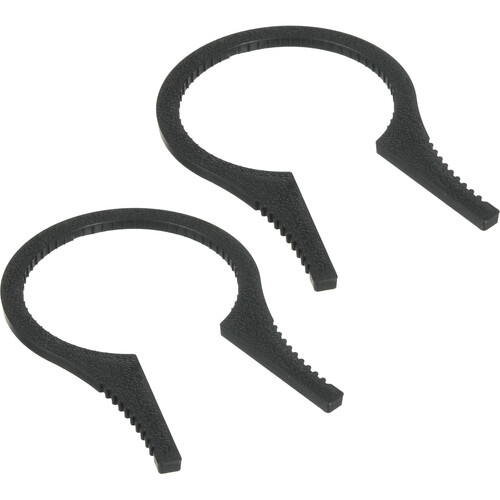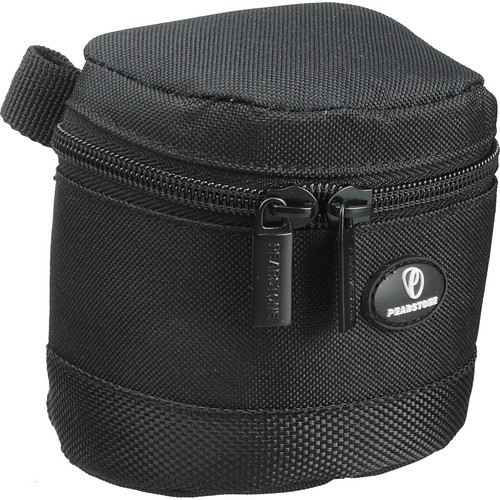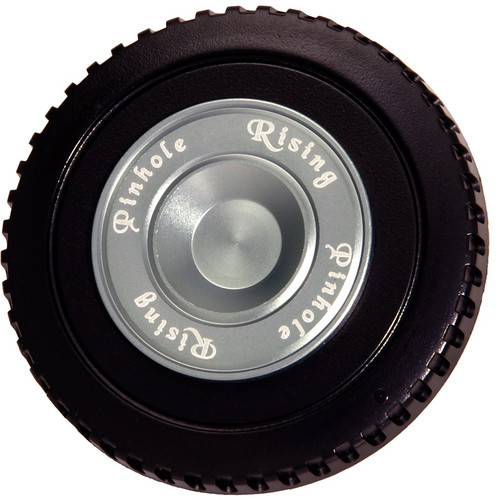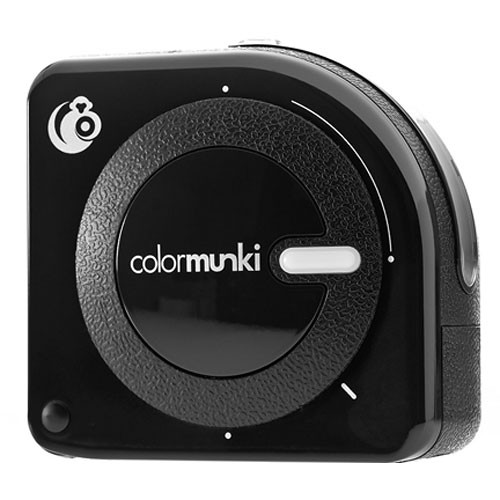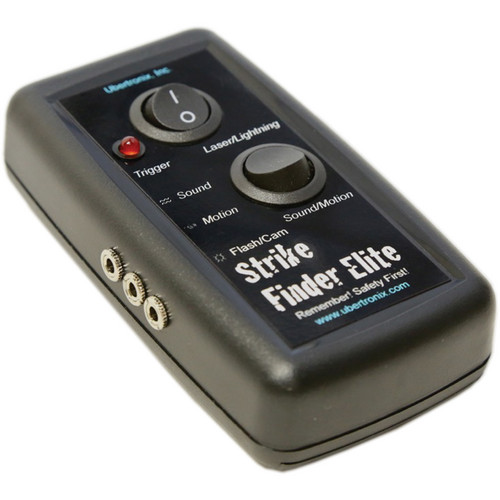I'm not sure what kind of week is this, as I'm typing this in the middle of the week to be posted on Thursday. However, one problem with the car and the whole week seems to be like a disaster.
I didn't post a thing last week despite the simple material that was available just because I did need some vacation from writing here, and because of the hectic life pace and with such heat that already exceeds 40
oC at just 10:00 a.m. sometimes, my mind and brain were completely out of words and order and all what I was thinking of was sleep, sleep and sleep.
The material, however, was not much more than simply some floral shots that were taken around my work place just because I felt the need to work with my camera. I've done as I've done the 50mm challenge before, when I would pick up my camera and the 50mm lens only and try to train my eyes to find something; the only difference here though is the fact that I've picked up my extension tubes with me.
 |
New Born
Canon EF 50mm + tube, f/11, 30-1sec, ISO400. |
Working out without a tripod and extension tubes is certainly not a work for the faint heart! One particular scene that really got my interest and surprise is some tiny blooms in a bud beside my work place, just like the one in
New Born. These tiny blooms were actually almost 1 cm in diameter when fully open; and when I saw them first day I was without tubes, and when I visited them next day with the tubes, they were all gone. Most of them died because of the heat and probably the petals flew away with the hot wind. I was lucky to find this one in
New Born and I had to dangle my body and holding the camera with one hand while balancing myself with the other against some rail and with the help of the on-camera flash, I've barely managed to get some stability (but not completely stable) at 30
-1sec.
 |
Floral Abstract
Canon EF 50mm + tube, f/22, 80-1sec, ISO400. |
Generally speaking, one should not try to do macro without a tripod, either using a macro lens or extension tubes. Kids, don't try this at home!
However, sometimes it just happens that you need to try. After all, we do photography for fun here and not for a serious paid job to do, and yet we get somehow extra happy to find one or two shots that went out OK despite the instability of the situation. The situation becomes harder when you have to use high f-number (smaller aperture). Maybe you've noticed that
New Born was taken with f/11, and
Floral Abstract with f/22 and both were taken at ISO400. This is one of the reasons that I had to use the on-camera flash even though it is not a good source of light specially in macro shots but playing around can do some achievements anyway. The core purpose of the whole thing is to go light and take whatever comes your way, thus no speedlites were taken along. The shutter can be increased a bit though if the object is under the sun as in
Floral Abstract which was half lit by the sun. If I'm to take this shot again I would have done it differently, with more close-up approach, and, of course, a tripod!
 |
| 3D Seeds |
One of the interesting
findings, if I should call it so, is when I've discovered two images for the core of a sunflower that are close to each other with some change in perspective, which ignited in me directly the desire to make an anaglyph, or a 3D image. The different thing about
3D Seeds is the fact that the two shots were not exactly different in
point of view, but they are different little bit in focusing distance. However, some points did coincide (not completely), mainly those in the center of the focus region of course. I'm not sure if this is a good 3D effect in fact but with red-cyan viewing glasses, the composition looks fine and almost no ghosting appears! Maybe a trend for some new studies for 3D composing? Who knows!
Revolving
It had been some time since I did a brainstorming session but some times you don't really need it when some items are available at hand to give you some kind of an idea to do and work with. This is exactly what happened when I've found a small plastic globe that my older sister brought to teach my nephews (from another sister and my brother) about geography for some of their tests.
I thought tabletop photography is, relatively, something easy to do indoors but believe me if I say it is lot harder (and even harder when you have to move your equipments out of home!). Moving stuff from my room to the guest room where I usually shoot is not any easier task, and while there is a table that is good to use for such projects, yet I can't use it because it is in a small place and I can't move it often here and there to do my projects. Thus, all I got is one small place in one corner of the guest room.
 |
| Test Shot |
My plan was to record the movement of the globe with somewhat a spot light effect from the side or from top, while having a background of some old map (I do have this already on size A2 from previous project, and yet not a good size!). Lot of technical problems were in play here, mainly the question of how to rotate the globe and have a long exposure - and in the same time how to make a coherent exposure with my speedlite. In the beginning, the speedlite has to be set on 2
nd shutter sync so that after the blur of the movement is recorded with the long exposure, the speedlite would freeze the motion to get a concrete image of the globe and its map at the END of the exposure. However, long exposure with an extra speedlite light meant possible overexposure, thus many test shots with varying exposure times were taken to make sure that the background is dark but not invisible while the globe is lit with the correct power from the speedlite (with honeycomb grid attached to it); a very delicate matter, and I was going to use some ND filters as well (as in the
Test Shot above) but I've abandoned this idea later as the exposure was long enough just by switching off most of the lights in the room, and a double ND would tint the image magenta.
 |
Welt im Wandel
Tamron 70-300mm @109mm, f/4, 4sec, ISO100. |
However, despite the test shots, the whole game changed when the question of the motion came into play; mainly, how to do so?
After looking here and there, I've finally arrived to the idea to use my own vacuum cleaner which can be used to jet air from the other end as well as the regular vacuuming. It did achieve something in the beginning but I've realized that pointing the hose is not an easy task and the pointer should be precisely set (as I kept holding the hose with my own hand while putting the camera on timer to take the shot). However, this step rose many other problems, like the movement of the globe itself because of the power of the air (and to solve it I had to use lot of duct-taping skills!), and also, even though there was some blur movement but the freezing motion of the speedlite was dominant and the image appeared stable and not moving, thus probably requiring more exposure time and doing that I might screw the whole mathematics of the experiment! I think it was better to use one dominant light, like a desk lamp, instead of a speedlite here. Anyway, I had to satisfy myself with
Welt im Wandel and few other experimental shots.
 |
Revolving Australia
Tamron 70-300mm @109mm, f/4, 4sec, ISO100. |
In one of the trial shots I was lucky to get something close to what I had in my mind, but it wasn't created with the effect of a spotlight from a speedlite, but rather by the sluggish movement of the globe as the air flow from the hose was not precise enough, but rotating the globe for a little then it would stop. The movement blur here is not quite strong and it might need more time, but with a speedlite I believe it would all stop completely and no motion blur would be obvious as well.
One point I'd like to mention here is a website that helped me now on
keywording my images and I'd love to share it with you. I've mentioned some previous website in some previous post but this one now works better for me with its functionality. It belongs to
Microstock, which is another photo stock website (but I didn't make up an account there yet).
It was such a long experimenting but the main part was to set and configure the gear around which consumed most of the time (and power). One of the major problems here as well even before working with the light and motion is the fact that the cable or cord from the camera to the speedlite was quite short and bulky to be dealt with - for this reason I had to keep close to the globe and bear with the reflections on the surface (but I've managed to clone some of it in
Welt im Wandel). However, this problem will hopefully vanish soon with a new set of toys!
Let's Play!
What I didn't mention last week is the fact that I've placed a new order for some new stuff. Mainly light gear but one major bulky device that I've been waiting to have (and my hands got all itchy!).
First item is the
Sensei 48-58mm Filter Wrench which should be very useful when I deal with my IR filter and polarizer along with, probably, other attachments. It is probably more useful when attaching the IR filter and the polarizer together, since I had problems with these two before, specially in winter. I think in winter almost everything tends to jam a bit. These two wrenches will be useful in the near future.
Next item is the
Pearstone Onyx 30 Lens Case and this one is mainly to carry my dear Canon EF 15mm fisheye lens; my one and only lens that I usually use when creating panoramas (haven't done those in some long time now!). The cover or cap of this lens is easily removed and it doesn't click over the lens' front, thus I thought such a pocket is a better protection for it.
Then we come to the fun part with the
Rising Standard Pinhole; yes, pinhole. Just like in the old times. This one is specifically made for Canon mounts and I believe you can find it for other type of mounts. From what I gather, the larger the sensor/film, the better for the total sharpness of the image. The f-number for this pinhole is f/222 (but in the instructions manual it's f/223 for APS-C type cameras), so just imagine the depth of field (and the length of the exposure!). I'm still interested in the mathematics involved here though and who knows, I might be able to do my own pinhole measuring to something higher than f/222. Remember that Diameter (of aperture) = focal length / N; and from there we can start on manipulating stuff.
And then comes the savior! The
Vello Universal Duo TTL Off-Camera Flash Cord (33'), and by "(33')" it is meant to be 33 feet, approximately about 10 meters! Unfortunately, I've done the globe experiment above before the arrival of this cable (and till the moment of writing this, I didn't test the cable). This cable would and should push the limits of my speedlites significantly. One question hovers in my mind though: what would be the situation with High-Speed photography? I'm pretty sure there would be some time delay to transfer the signal (we are talking about microseconds here). In High-Speed photography, each single micro- or even nanosecond counts. We shall see about this matter in time.
Finally, comes the one big toy that I should spend more and more time with. The
X-Rite ColorMunki Photo Color Management Solution. Even though I do already have a
ColorMunki device to calibrate my monitors (laptops and desktop), yet this device is here is far beyond calibrating monitors only (hence it costs more!). With this, I will be able, hopefully, to calibrate monitors, and make profiles from prints and analyze ambient light or even calibrate a projector! The perfect tool, I would say, for creating showrooms and proper digital darkrooms when needed. I'm thinking of installing this into my (old) desktop and my (new) laptop to make them ready for any task in the future. Just a point here about analyzing the ambient light; it is something important but unfortunately I don't see many people care about this tiny detail, at least in expos here in Kuwait. If you are a photographer and you really care about displaying your photos in printed form in a proper way as you envision them, it is
not enough to calibrate your monitor to get the right colors. You have to get profiles for the printing but this is a matter that might be skipped for good in many cases (yet it is good to have profiles for various media). Then we arrive at the ambient light criteria. It is a good thing to know what kind of light and what color temperature the ambient light would be in the place where the photos are to be shown, because with this information, you would be able to examine the effect of such light on the colors of your photos on your (calibrated) monitor before even printing. Thus, you might think of making your photos more yellow-like to balance the extreme blue-colored light in a showroom or vice versa. It is all about taking care of the balance of colors and soft-proofing on your monitor before printing and displaying the photos.
Now with all these loads of new stuff, I think I do need an extra case to keep lot of these stuff and abandon that old small case (which was used for my old Canon 350D!). I'm thinking of getting one of those small traveling cases with wheels to keep my speedlites and related stuff in them. It is about time to organize some stuff (but not my room!).
Bücher
In the matter of books, I've finished my Lens Design book but in a fast rhythm. I've realized that such a book can't be read and completely digested without a tutor and without a practical workout. The many mathematical concepts involved are not so weird for me even though they include a high order of complexity, but in most times, many terms there within are familiar to me. However, in mathematics, at least with me, it never works without a practical workout and some tutor to walk step by step along the process. You'd think lot of the concepts here are relatively new but the fact is, most of such mathematical endeavor was developed long in the 18
th and 19
th centuries! Anyway, after passing through the pages quickly and read some articles, I've decided to look at some of my old books or even look into some books about optics in the library near by. That might help to achieve a better basic understanding for this topic.
I've started now reading the last book in the queue line,
Handbook For Classical Research, in hope to flavor my mind with some archaeological spice. From the first few pages that I've read (and I didn't delve deep yet!) it seems that the whole book is about the Greco-Roman studies and culture. I was hoping for further expansion but anyway I still do think it is an interesting topic. The good thing about this book is that it is written by a single person, single author, and not scattered among various authors with an article or two for each. Such books with many authors involved are kind of scattered in thoughts and it's hard to keep a chain of thought going through the whole reading session. In linguistics and humanities, I've faced numerous books done in that manner and I have to say, it is kind of a waste of time to read but probably better be kept as a reference material when needed. I'm hoping this new book would give some amusement into my dull brain!
Unsettled Geltani
Maybe I didn't write much thoughts in my notebook about Geltani lately but nevertheless I was active in my mind. Yeah, I'm wondering why do I have a notebook anyway! However, I'm still planning slowly on assigning phonetic values and on the other hand I think I will abandon the newly-created system of possession articles. I think my problem was to create everything in idle and concise manner, but I think a language is more random than concise or systematic. Thus, I've decided to work on another method which might work as: pronoun-subject-suffix. For example,
My Cat, would appear as:
I-Cat-(suffix here). Development is slow naturally because of my stuffed schedule, and problems!
Finale
 |
| Scandinavian Eyes - Frida |
Troubles on the home front keeps me busy and alert. I do say "front," yes. Because it seems that way; a game of dominance and reliance. There are moments that I do wish, and do imagine, how my life would be with another form of a family. They say you can't choose your family, but you can pick up your friends. However, under the current circumstances, it seems that I don't have the former, nor the latter. It feels like I'm floating with no support; not physically, nor emotionally. Mom is doing her best to keep me happy and I know it. I can see it in her eyes and actions. However, I'm the one who's supposed to keep her happy. I have a family that I can barely relate to.
Here and there, I'm keeping myself amused with some brush-up jobs with some photos from instagram users. It is something that I used to enjoy doing long before I take photography as a hobby. It might be just the desire to make something beautiful but trust me, if the original photo/person is not beautiful in the first place I would really have hard time creating the "uncreated". I think I do get satisfaction from the gratitude and happiness that those people show when I create some art with their pictures. I'm not a psychologist, but probably I'm projecting my needs outward - something that I've lost in my inner circle is satisfied with deeds to the outer world.
There had been some thoughts about resigning and chasing my own career but such thoughts are still cooking. It bears great responsibilities as well and even stepping into such realm should be done carefully without leaving the main job at once. However, with the current circumstances at work and the great disrespect that I face from the admins who think that my work place is something vain, I'm seriously getting sick of everyone around here and do wish to break free from all these master-slave relations. How, I don't know; but every good meal, needs a proper cooking...






